
Superconductivity is a set of physical properties observed in certain materials where electrical resistance vanishes and magnetic fields are expelled from the material. Any material exhibiting these properties is a superconductor. Unlike an ordinary metallic conductor, whose resistance decreases gradually as its temperature is lowered, even down to near absolute zero, a superconductor has a characteristic critical temperature below which the resistance drops abruptly to zero. An electric current through a loop of superconducting wire can persist indefinitely with no power source.

High-temperature superconductors are defined as materials with critical temperature above 77 K, the boiling point of liquid nitrogen. They are only "high-temperature" relative to previously known superconductors, which function at even colder temperatures, close to absolute zero. The "high temperatures" are still far below ambient, and therefore require cooling. The first breakthrough of high-temperature superconductor was discovered in 1986 by IBM researchers Georg Bednorz and K. Alex Müller. Although the critical temperature is around 35.1 K, this new type of superconductor was readily modified by Ching-Wu Chu to make the first high-temperature superconductor with critical temperature 93 K. Bednorz and Müller were awarded the Nobel Prize in Physics in 1987 "for their important break-through in the discovery of superconductivity in ceramic materials". Most high-Tc materials are type-II superconductors.

Vitaly Lazarevich Ginzburg, ForMemRS was a Russian physicist who was honored with the Nobel Prize in Physics in 2003, together with Alexei Abrikosov and Anthony Leggett for their "pioneering contributions to the theory of superconductors and superfluids."
A room-temperature superconductor is a hypothetical material capable of displaying superconductivity above 0 °C, operating temperatures which are commonly encountered in everyday settings. As of 2023, the material with the highest accepted superconducting temperature was highly pressurized lanthanum decahydride, whose transition temperature is approximately 250 K (−23 °C) at 200 GPa.

Superconductivity is the phenomenon of certain materials exhibiting zero electrical resistance and the expulsion of magnetic fields below a characteristic temperature. The history of superconductivity began with Dutch physicist Heike Kamerlingh Onnes's discovery of superconductivity in mercury in 1911. Since then, many other superconducting materials have been discovered and the theory of superconductivity has been developed. These subjects remain active areas of study in the field of condensed matter physics.

Jorge Eduardo Hirsch is an Argentine American professor of physics at the University of California, San Diego. Hirsch received a PhD in physics from the University of Chicago in 1980 and completed his postdoctoral research at the Kavli Institute for Theoretical Physics at the University of California, Santa Barbara in 1983. He is known for inventing the h-index in 2005, an index for quantifying a scientist's publication productivity and the basis of several scholar indices.
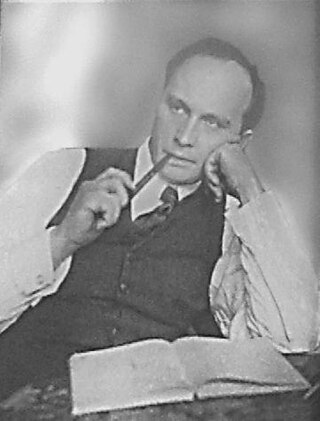
Lev Vasilyevich Shubnikov was a Soviet experimental physicist who worked in the Netherlands and USSR. He has been referred as the as 'the founding father of Soviet low-temperature physics'. He is known for the discovery of the Shubnikov–de Haas effect and type-II superconductivity. He also one of the first to discover antiferromagnetism.

The Journal of Electronic Materials is a monthly peer-reviewed scientific journal that publishes studies, research, developments, and applications of materials that produce electronics. The editor-in-chief is Shadi Shahedipour-Sandvik, SUNY Polytechnic Institute.The IEEE/TMS Journal of Electronic Materials (JEM) is jointly sponsored by the IEEE Electron Devices Society and The Minerals, Metals and Materials Society. It is published by Springer on behalf of IEEE and TMS.
Cambridge Scientific Abstracts was a division of Cambridge Information Group and provider of online databases, based in Bethesda, Maryland, before merging with ProQuest of Ann Arbor, Michigan, in 2007. CSA hosted databases of abstracts and developed taxonomic indexing of scholarly articles. These databases were hosted on the CSA Illumina platform and were available alongside add-on products like CSA Illustrata. The company produced numerous bibliographic databases in different fields of the arts and humanities, natural and social sciences, and technology. Thus, coverage included materials science, environmental sciences and pollution management, biological sciences, aquatic sciences and fisheries, biotechnology, engineering, computer science, sociology, linguistics, and other areas.
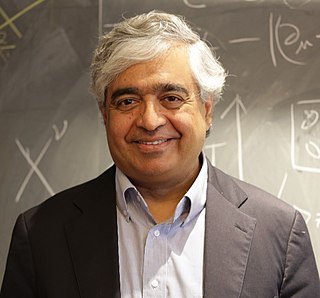
Subir Sachdev is Herchel Smith Professor of Physics at Harvard University specializing in condensed matter. He was elected to the U.S. National Academy of Sciences in 2014, received the Lars Onsager Prize from the American Physical Society and the Dirac Medal from the ICTP in 2018, and was elected Foreign Member of the Royal Society ForMemRS in 2023. He was a co-editor of the Annual Review of Condensed Matter Physics 2017–2019, and is Editor-in-Chief of Reports on Progress in Physics 2022-.
IEEE Microwave and Wireless Components Letters is a monthly peer-reviewed scientific journal published by the IEEE Microwave Theory and Techniques Society. The editor-in-chief is Roberto Gómez García. The journal covers research on electromagnetic radiation and the relevant, physical components to achieve such radiations. It focuses on devices, intermediate parts of systems, and completed systems of the interested wavelengths, but also includes papers which emphasize theory, experiment, and applications of the subjects covered.

Amit Goyal is a SUNY Distinguished Professor and a SUNY Empire Innovation Professor at SUNY-Buffalo. He leads the Laboratory for Heteroepitaxial Growth of Functional Materials & Devices. He is also Director of the New York State Center of Excellence in Plastics Recycling Research & Innovation, an externally funded center with initial funding of $4.5M for three years at SUNY-Buffalo. He is the founding director of the multidisciplinary and transdisciplinary RENEW Institute at SUNY-Buffalo in Buffalo, New York and served as director from 2015-2021. RENEW is an internally funded research institute at SUNY-Buffalo. For his contributions to UB, in 2019, he was awarded the University at Buffalo or SUNY-Buffalo President's Medal, which recognizes “outstanding scholarly or artistic achievements, humanitarian acts, contributions of time or treasure, exemplary leadership or any other major contribution to the development of the University at Buffalo and the quality of life in the UB community.” This is one of the highest recognitions given at the university.
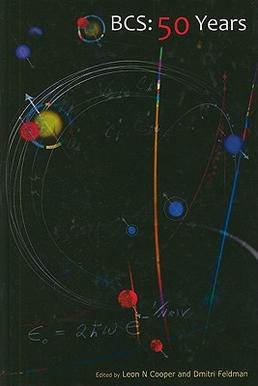
BCS: 50 Years is a review volume on the topic of superconductivity edited by Leon Cooper, a 1972 Nobel Laureate in Physics, and Dmitri Feldman of Brown University, first published in 2010.
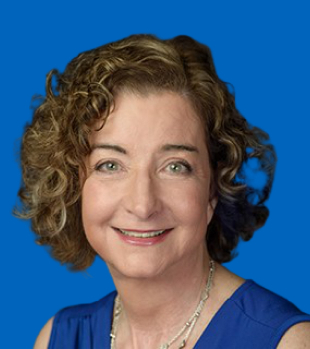
Laura H. Greene is the Marie Krafft Professor of Physics at Florida State University and chief scientist at the National High Magnetic Field Laboratory. She was previously a professor of physics at the University of Illinois at Urbana-Champaign. In September 2021, she was appointed to the President's Council of Advisors on Science and Technology (PCAST).

The B. Verkin Institute for Low Temperature Physics and Engineering of the National Academy of Sciences of Ukraine is a research institute that conducts basic research in experimental and theoretical physics, mathematics, as well as in the field of applied physics. It was founded in 1960 by Borys Verkin, Oleksandr Galkin, Borys. Eselson and Ihor Dmytrenko. The first director was Borys Verkin.
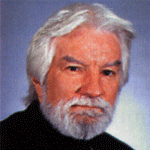
Paul Michael Grant was an American/Irish physicist and science writer who was involved in discovering and elucidating the structure of Yttrium Barium Copper Oxide which was important as the first high temperature superconductor to exhibit superconductivity above the boiling point of Nitrogen. He was a co-author of IBM's US patent application covering their preparation.
Carbonaceous sulfur hydride (CSH) is a potential superconductor that was announced in October 2020 by the lab of Ranga Dias at the University of Rochester, in a Nature paper that was later retracted. It was reported to have a superconducting transition temperature of 15 °C (59 °F) at a pressure of 267 gigapascals (GPa), which would have made it the highest-temperature superconductor discovered. The paper faced criticism due to its non-standard data analysis calling into question its conclusions, and in September 2022 it was retracted by Nature. In July 2023 a second paper by the authors was retracted from Physical Review Letters due to suspected data fabrication, and in September 2023 a third paper by the authors about N-doped lutetium hydride was retracted from Nature.

Anatolie S. Sidorenko is a doctor of physical and mathematical sciences and professor at the Technical University of Moldova. He specializes in condensed matter physics with the focus on electronic transport and magnetic properties of low dimensional systems – thin films and layered superconductors, design of superconducting devices and sensors. He made key contributions to investigation of novel superconducting materials and hybrid structures superconductor-ferromagnet, multiband and triplet superconductivity.

LK-99, also called PCPOSOS, is a gray–black, polycrystalline compound, identified as a copper-doped lead‒oxyapatite. A team from Korea University led by Lee Sukbae (이석배) and Kim Ji-Hoon (김지훈) began studying this material as a potential superconductor starting in 1999. In July 2023, they published preprints claiming that it acts as a room-temperature superconductor at temperatures of up to 400 K at ambient pressure.














